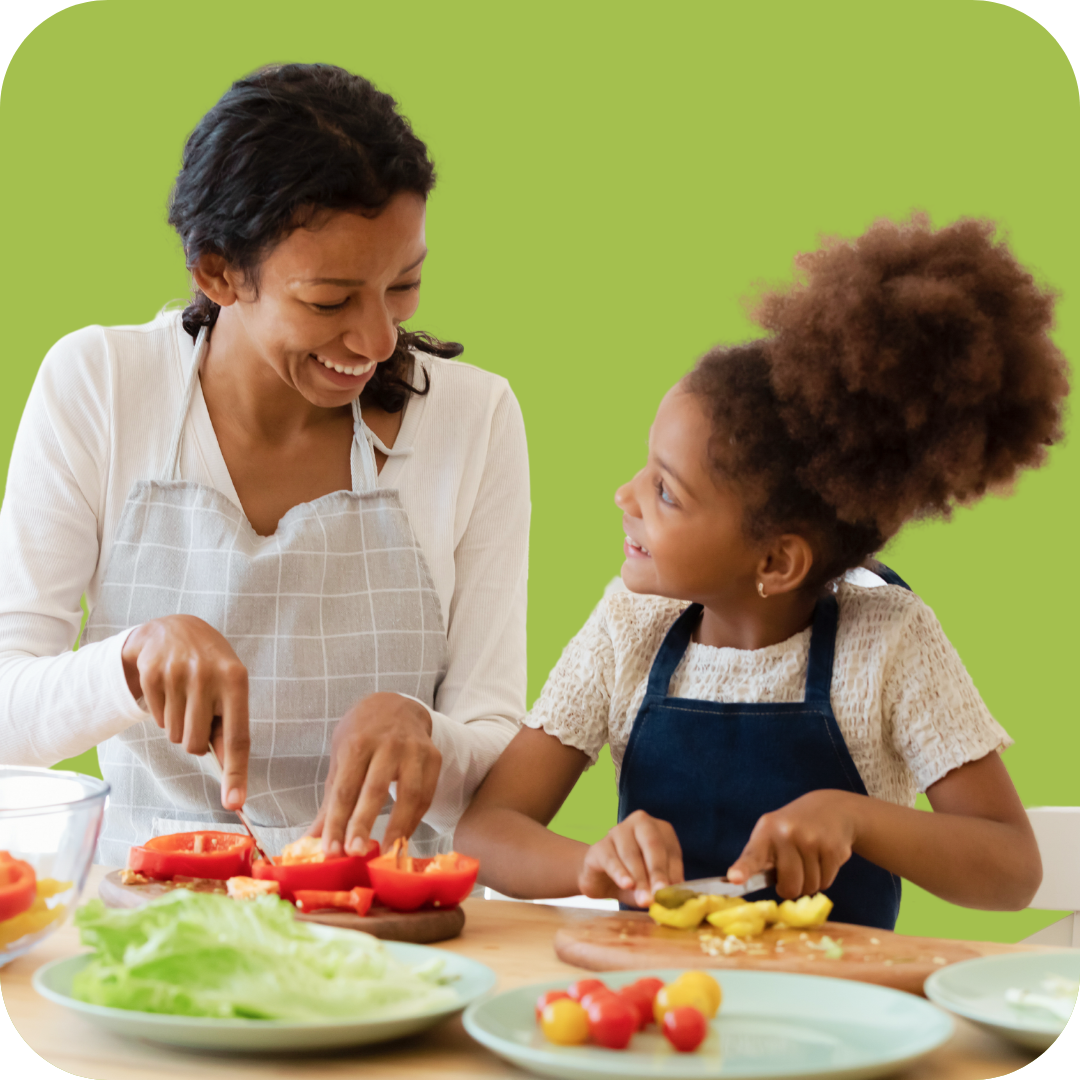
Food exploration is a great way to teach cross-curricular unit plans. Whether you have your class grow their own salad greens, learn food preparation skills or turn apples into fruit leather, you can teach math, science, PHE and more.
Below is an overview of the many Curricular Competencies and Content that link to the different Hands on Food lessons.







